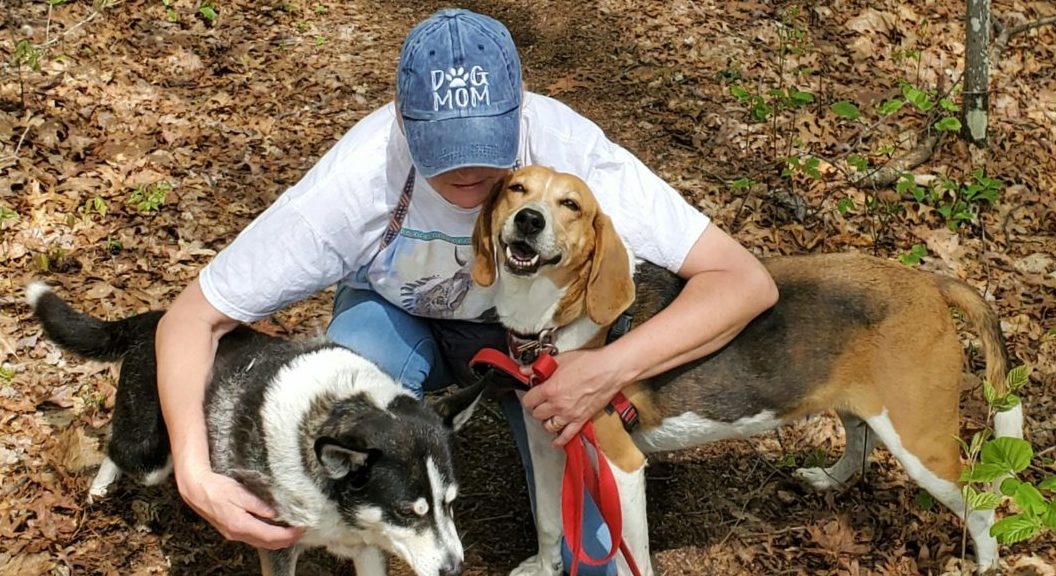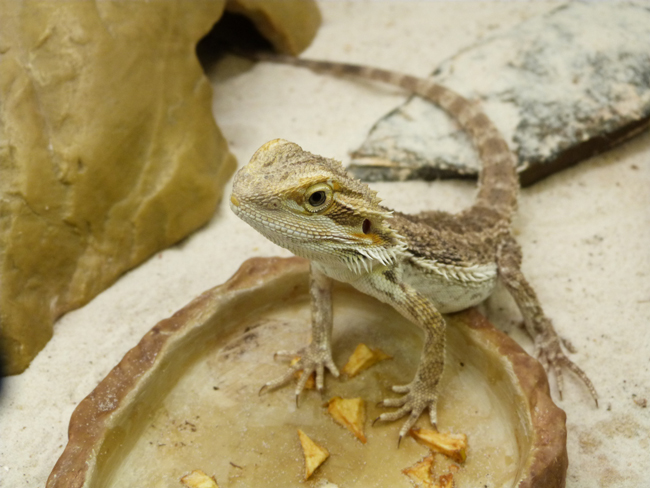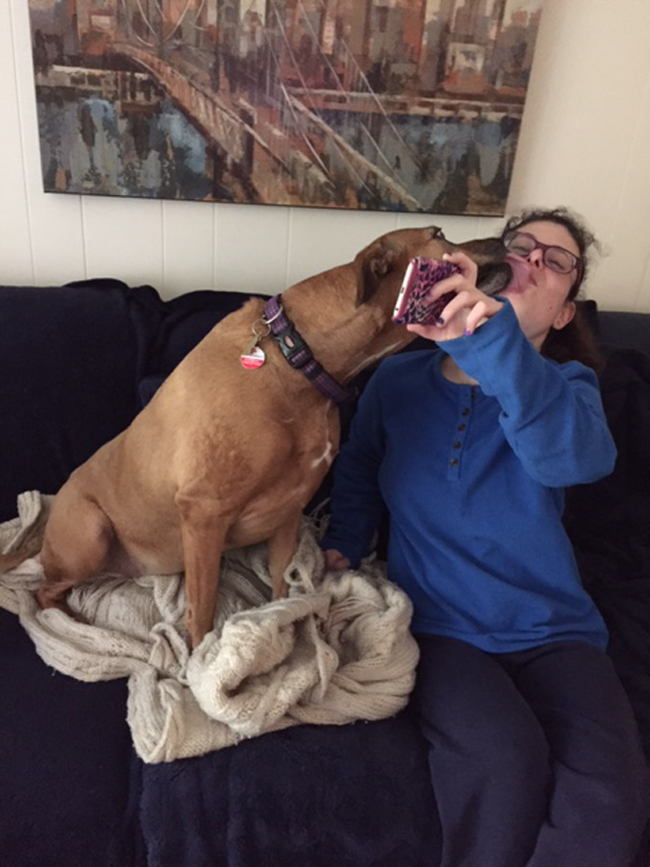This post first appeared on Care2.com
While it’s illegal to release non-native species into the wild, many pet owners who no longer want their pets will turn them loose. Releasing unwanted pets into the wild is both cruel and bad for the environment. Domestic rabbits, ferrets, rats and mice and aquarium fish have all been released to fend for themselves — often leading to either their death or disastrous environmental consequences.
The release of exotic pets in Florida is such a huge problem that the Department of Fish Game and Wildlife created an Exotic Pet Amnesty Day where pet owners can surrender unwanted pets without penalty.
Here’s a list of popular pets that people often consider releasing into the wild and why they shouldn’t:
Ferrets
There’s a common misconception that domesticated ferrets are wild animals and can fend for themselves if turned loose. That’s not true. According to the American Ferret Association, Inc., ferrets were domesticated by humans as early as 63 BCE and shouldn’t be confused with the black-footed wild ferret. If a domesticated ferret is turned loose into the wild he or she will rarely survive more than a few days.
What to do instead: Reach out to a local shelter to see if it will accept and rehome your ferret. The Ferrets Rescue Shelter Directory provides a global list of shelters and rescues dedicated to finding new homes for ferrets.

Image credit: Thinkstock
Continue reading “Why You Should Never Release Pets Into the Wild”


 Pomegranate comforting cupcake, a hospice foster.
Pomegranate comforting cupcake, a hospice foster.

 Mindi gives a high five during a clicker training session at Cat Depot. Her new family is continuing this training to provide Mindi with positive reinforcement.
Mindi gives a high five during a clicker training session at Cat Depot. Her new family is continuing this training to provide Mindi with positive reinforcement. Mini Dachshund, Rosalie, safely tucked inside a carrier at the Purina Woofstock event in San Juan, PR. At home, Rosalie enjoys running and playing in the yard with her siblings.
Mini Dachshund, Rosalie, safely tucked inside a carrier at the Purina Woofstock event in San Juan, PR. At home, Rosalie enjoys running and playing in the yard with her siblings. Dakin Humane Society adapted an Open Adoption policy more than six years ago.
Dakin Humane Society adapted an Open Adoption policy more than six years ago. 

